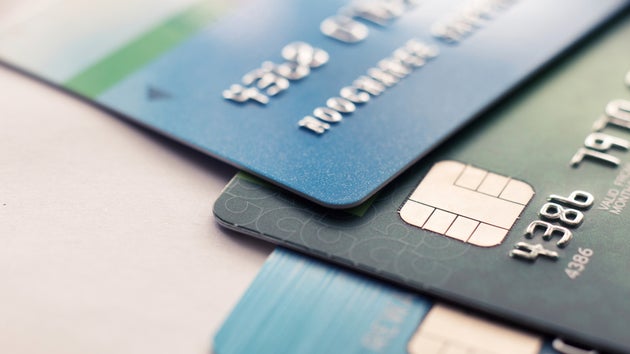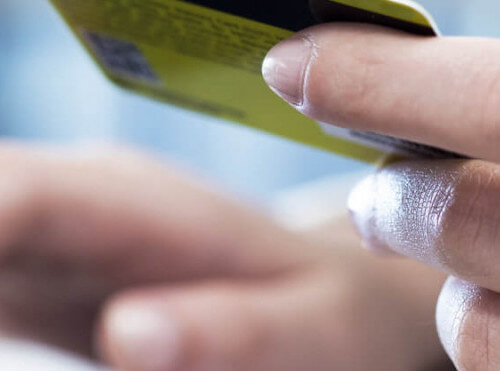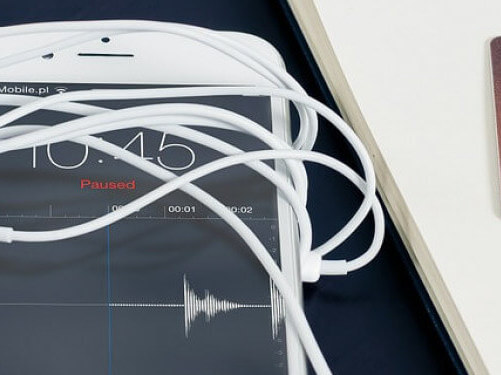Table of Contents
Favorite payment methods in Thailand
The e-commerce market in Thailand is growing. Until 2022, the compounded annual growth rate is expect to be around 12%. This growth is also attributable to the large use of credit and debit cards, which are becoming increasingly attractive in online payment. From 2009 to 2014, the number of credit and debit cards rose from 45 million to 67 million. M-commerce is also growing. Thailand has in the Asian Pacific region to China the most mobile buyers. Thailand currently has 69.1 million citizens. Thai customers are amongst the most likely to use social media to find products and sellers. In 2017, Thais spent 358$ US per capita online and, in contrast, 2,608$ US per capita at physical stores.
Visa as preferred credit card
Visa is the most widely used credit card in Thailand and has a market share of 72%. Alternatively, are QR codes used as a payment method. Another method of payment is cash on delivery. This method was introduced by Zalora, one of the largest online retailers in Thailand. The most popular payment method in e-commerce is the classic bank transfer. Approximately 78% of the Thai population owns a bank account. The most famous banks are Bangkok Bank, Siam Commercial Bank, Krung Thai Bank and Kasikornbank. E-Wallets are still in the starting phase in Thailand. The e-wallet giant PayPal taking up most of this portion of the market. Mobile wallets were used to pay for 20% of e-commerce and 2% of POS transactions in 2017.
Cashless boom
The Thai government has instituted a national e-payment system, aimed at creating a cashless society. A new governmental agency, the Electronic Transactions Development Agency (ETDA), and the Bank of Thailand are important players in this policy aimed at reducing the use of cash and increasing online payments. Half of all online purchases are made using a mobile device. 85% of Thais living in urban areas are buying online using their smartphones. As 4G telecoms become nationwide available, this is expected to boom. The launch of this e-payment system will include, in its first phase, an electronic money transfer service available for all major Thai banks. The second phase is set to include electronic payments for products and services, personal income tax returns, as well as subsidies and welfare services.
Cross-border commerce
The largest export destinations in Thailand are the USA, China, Japan, Hong Kong and Malaysia. Imports are mostly coming from China, Japan, the USA, Malaysia as well as Singapore.
TOP 5 PAYMENT METHODS
- Bank transfer 28% Desktop
- Pay on delivery 20% Desktop
- E-wallet 20% Desktop
- Credit cards 13% Desktop
- PostPay 8% Desktop
E-COMMERCE SALES IN 2017
Population: 69.1 Mil.
Internet Usage: 63%










